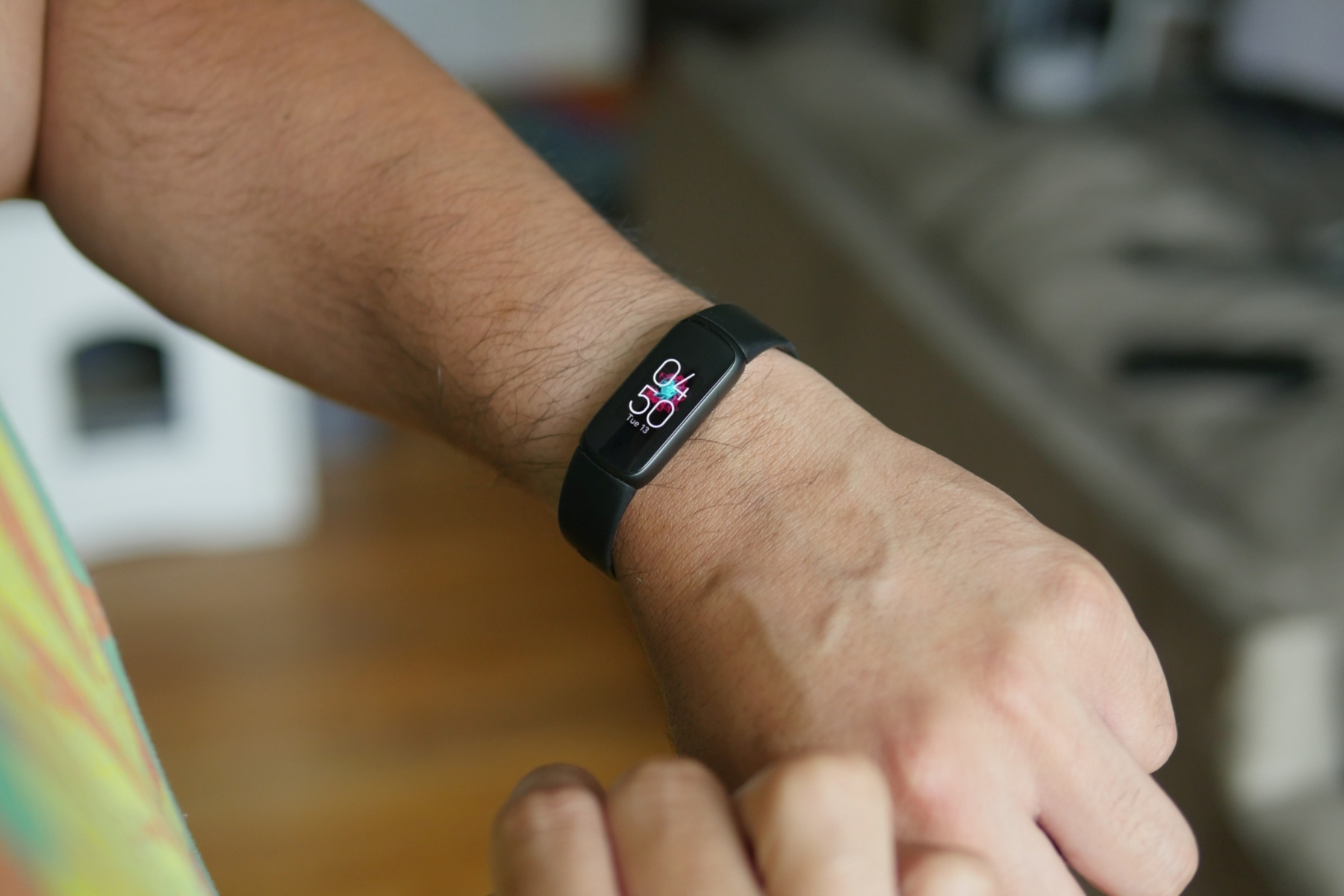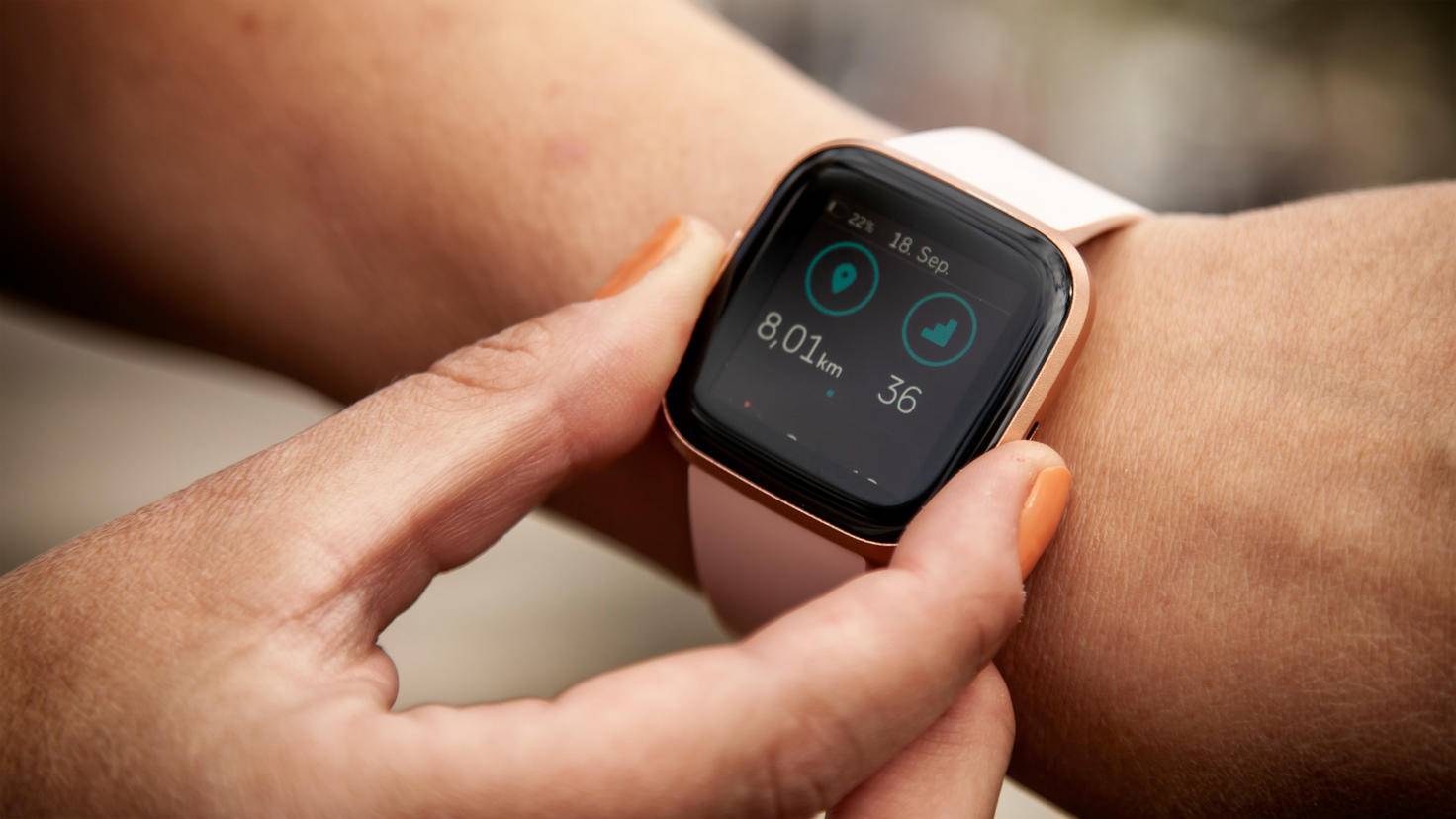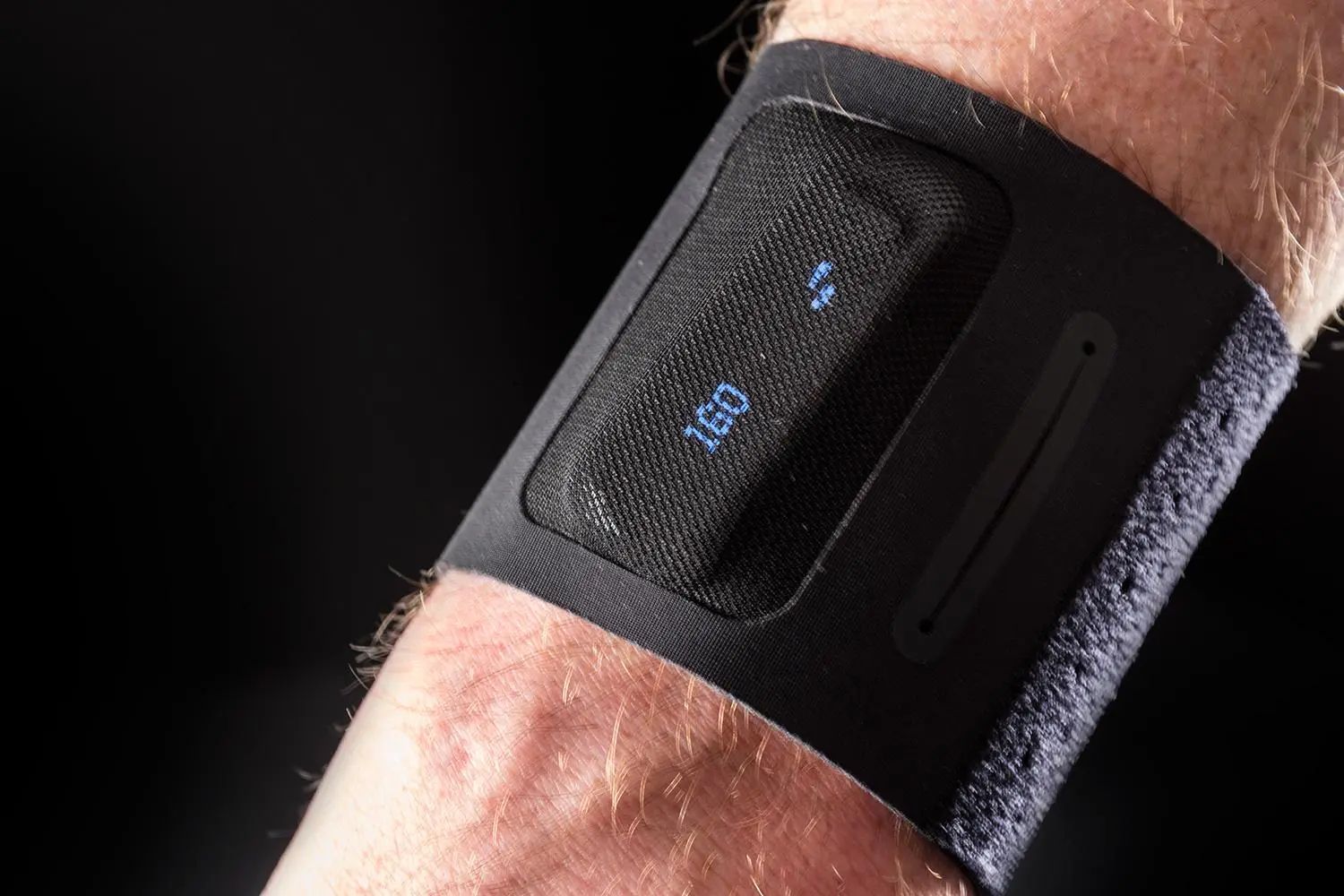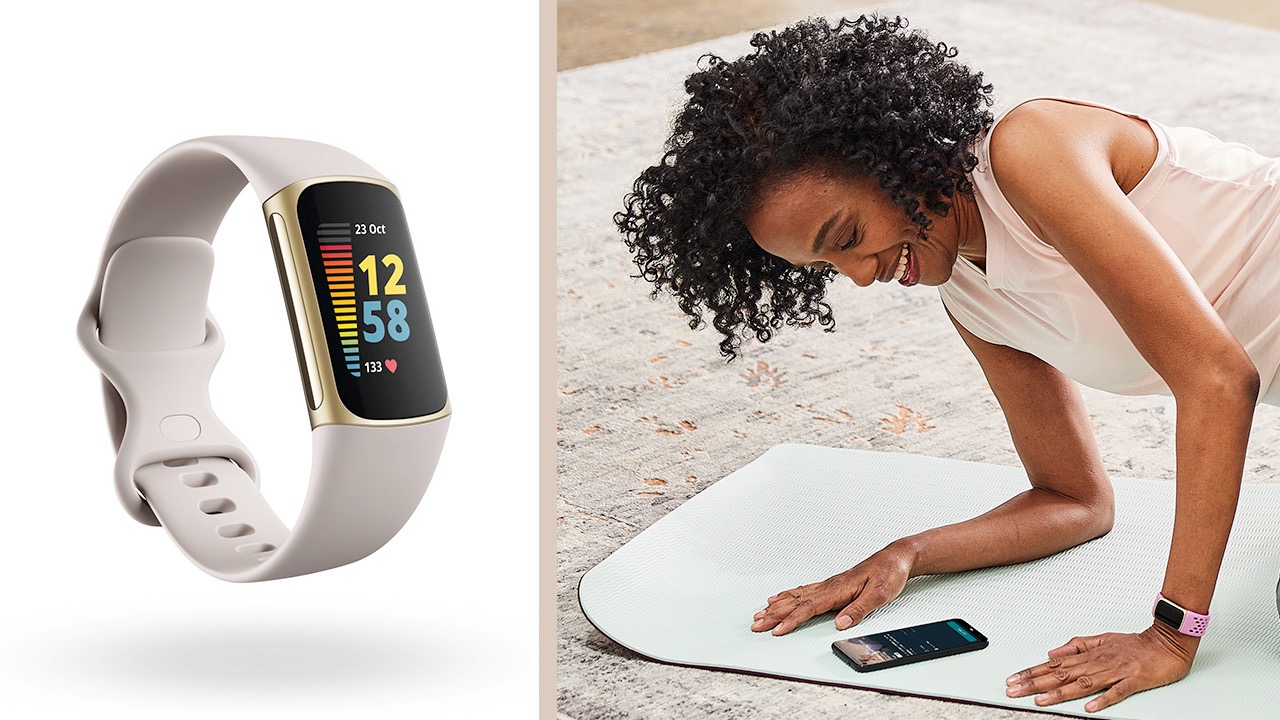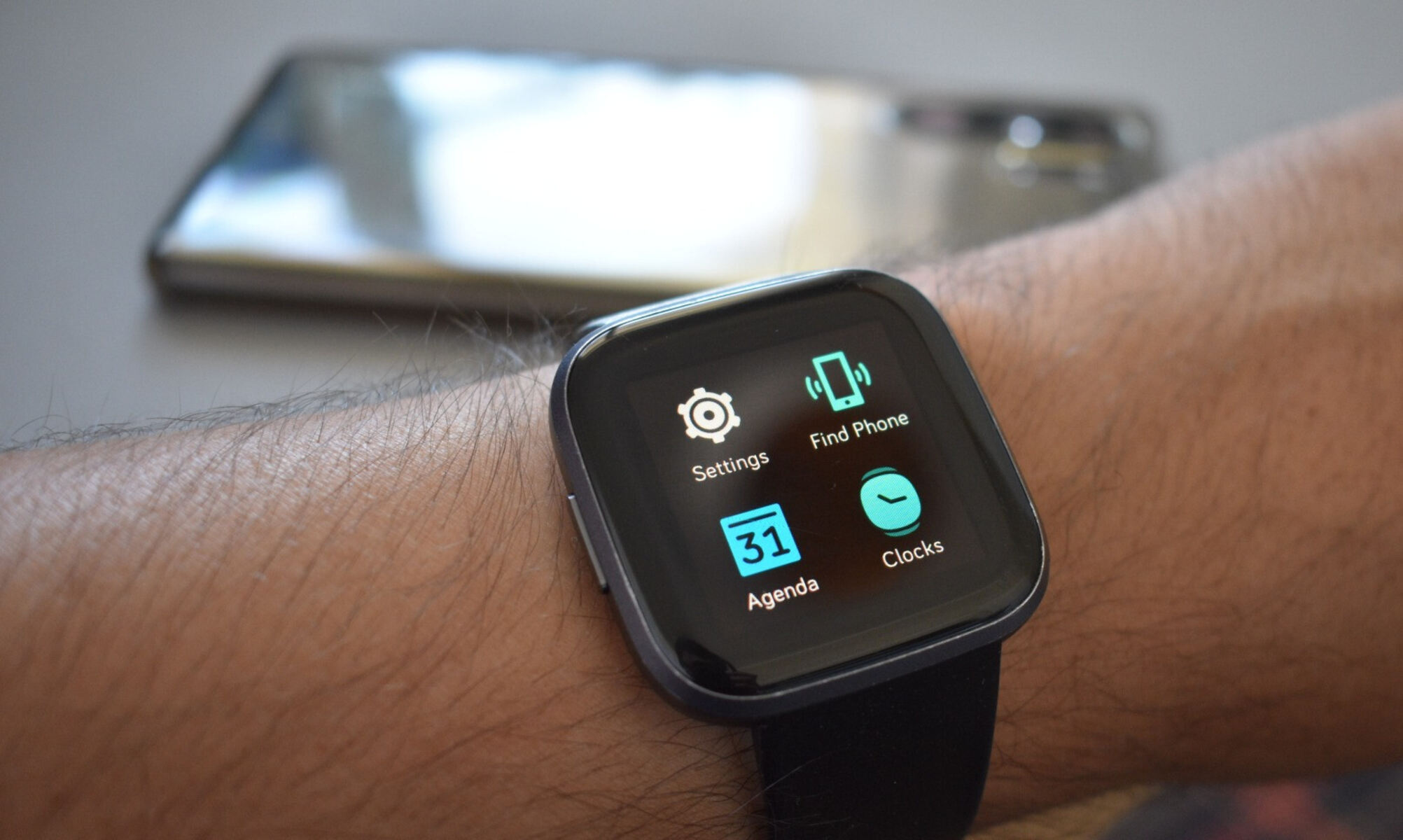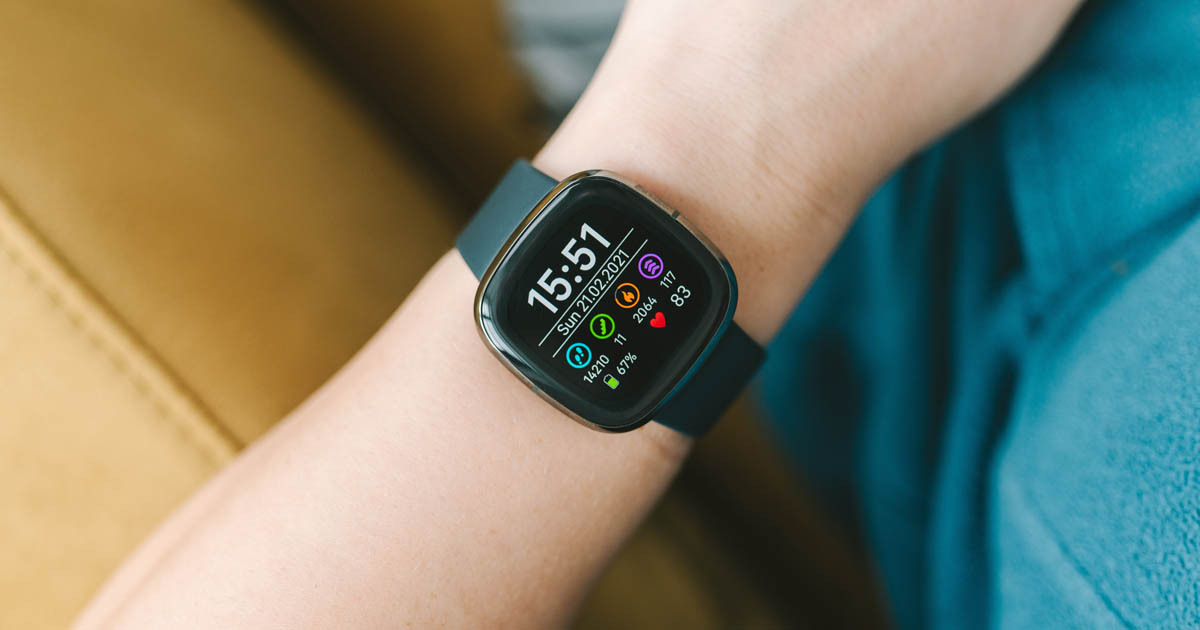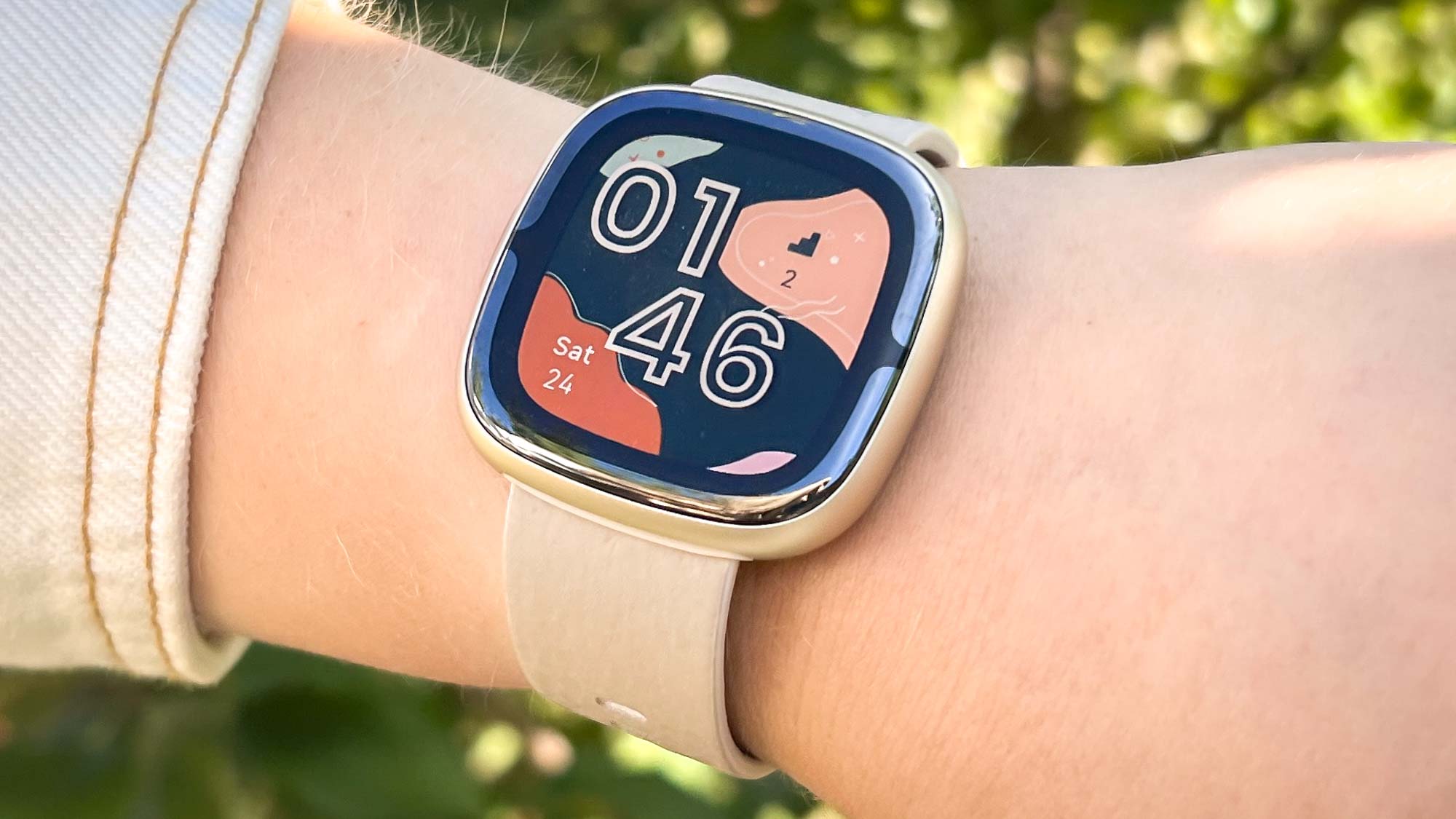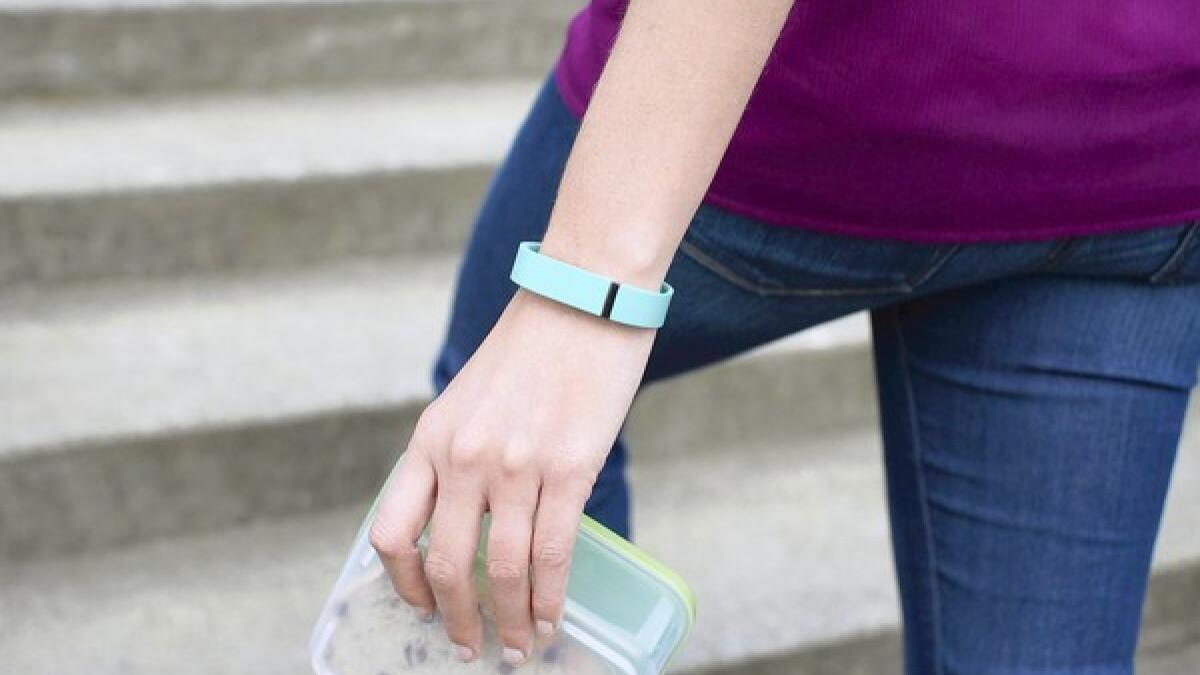Introduction
Wearable fitness trackers have become an integral part of modern health and fitness regimens. These devices, such as Fitbit, not only monitor physical activity but also provide valuable insights into overall health and wellness. One of the critical decisions when using a Fitbit or any similar wearable device is determining the optimal placement on the body. This decision can significantly impact the accuracy of the data collected, the comfort of wearing the device, and the overall user experience.
The placement of a Fitbit is crucial for ensuring accurate tracking of daily activities, including steps taken, distance traveled, and even sleep patterns. Moreover, the location of the device can influence its ability to monitor heart rate, which is a vital metric for many fitness enthusiasts. Therefore, finding the best spot to wear a Fitbit is not just a matter of convenience but also a key factor in obtaining reliable and precise health and fitness data.
In this article, we will explore the various placement options for wearing a Fitbit and discuss the factors to consider when deciding on the most suitable location. By understanding the benefits and considerations associated with wearing a Fitbit on the wrist, waist, or ankle, individuals can make an informed choice that aligns with their lifestyle and fitness goals. Let's delve into the details and uncover the optimal placement for maximizing the benefits of using a Fitbit.
Factors to Consider
When determining the best spot to wear a Fitbit, several factors should be taken into account to ensure an optimal user experience and accurate tracking of fitness metrics. Here are the key considerations to keep in mind:
-
Comfort: Comfort is paramount when wearing a Fitbit, as it directly impacts user adherence to wearing the device consistently. The chosen placement should not cause discomfort or irritation, especially during physical activities or while sleeping. Additionally, the fit should be snug enough to prevent the device from moving excessively, yet not too tight to restrict blood circulation or cause discomfort.
-
Accuracy: Different placement options may impact the accuracy of the data collected by the Fitbit. For example, wearing the device on the wrist may provide more accurate heart rate readings during certain activities, while wearing it on the waist or ankle may yield more precise step counts. Understanding the trade-offs in accuracy for various metrics can help users make an informed decision based on their fitness priorities.
-
Fashion and Style: For many individuals, the aesthetic appeal of wearing a Fitbit is an important consideration. The device should complement their personal style and daily attire. Therefore, the chosen placement should align with the user's fashion preferences, whether it's discreetly worn on the wrist, clipped onto the waistband, or wrapped around the ankle.
-
Activity Type: The type of physical activities an individual engages in can influence the ideal placement of the Fitbit. For instance, wearing the device on the wrist may be suitable for tracking activities such as running, cycling, or weightlifting, whereas wearing it on the waist or ankle may be more appropriate for activities that involve lower body movements, such as walking or dancing.
-
Skin Sensitivity: Some individuals may have skin sensitivities or allergies that affect where they can comfortably wear a Fitbit. Considering the materials used in the device and the potential for skin irritation is crucial when deciding on the placement.
-
Usability and Convenience: The convenience of accessing and interacting with the Fitbit's display or buttons is an important factor to consider. Users should evaluate how easily they can view the device's screen, interact with its features, and charge the device based on the chosen placement.
By carefully considering these factors, individuals can make an informed decision about the most suitable placement for their Fitbit, ensuring that it aligns with their lifestyle, preferences, and fitness objectives.
Wrist
Wearing a Fitbit on the wrist is perhaps the most common and popular placement choice for fitness enthusiasts. The wrist offers several advantages when it comes to the convenience and comfort of wearing a Fitbit throughout the day.
One of the primary benefits of wrist placement is the ease of access and visibility. With the device securely fastened around the wrist, users can conveniently check their fitness metrics, including step count, heart rate, and other activity data, with just a quick glance. This real-time access to fitness information can be motivating and help individuals stay on track with their health and wellness goals.
Furthermore, wearing a Fitbit on the wrist allows for seamless integration into various activities, including workouts and daily routines. Whether engaging in high-intensity interval training, weightlifting, or yoga, the wrist placement ensures that the device remains in a stable position, capturing accurate data during diverse physical activities. This stability is particularly beneficial for activities that involve arm movements and require precise heart rate monitoring.
Additionally, wrist placement offers the advantage of accurate heart rate monitoring during activities such as running and cycling. The Fitbit's sensors are strategically positioned to capture heart rate data from the wrist, providing users with valuable insights into their cardiovascular performance during dynamic exercises. This feature is especially beneficial for individuals who prioritize cardio-focused workouts and seek to optimize their training intensity based on heart rate zones.
However, it's important to note that wrist placement may not be suitable for everyone, especially those who engage in activities that heavily involve wrist movements, such as weightlifting or certain yoga poses. In such cases, the Fitbit's positioning on the wrist may impact the accuracy of step counts and heart rate readings. Moreover, individuals with wrist sensitivity or specific occupational requirements may find wrist placement less practical or comfortable.
In summary, the wrist is a versatile and convenient placement option for wearing a Fitbit, offering easy access to fitness data and reliable tracking during a wide range of activities. Users who prioritize real-time visibility of their fitness metrics and accurate heart rate monitoring may find wrist placement to be the optimal choice for integrating their Fitbit seamlessly into their active lifestyles.
Waist
Wearing a Fitbit on the waist presents a compelling alternative for individuals seeking a discreet and versatile placement option. The waist, often overlooked in favor of the wrist, offers unique benefits that cater to specific preferences and activity patterns.
One of the primary advantages of waist placement is its unobtrusive nature. Unlike wrist-worn devices, a Fitbit positioned on the waist remains inconspicuous, blending seamlessly with various clothing styles and eliminating the need for constant adjustments. This discreet placement appeals to individuals who prefer a subtler approach to integrating fitness tracking into their daily lives, allowing them to monitor their activity levels without drawing attention to the device.
Moreover, waist placement is particularly advantageous for activities that predominantly involve lower body movements, such as walking, jogging, or hiking. By positioning the Fitbit close to the body's center of mass, the device can accurately capture step counts and overall movement patterns, providing comprehensive insights into daily physical activity. This placement also minimizes the impact of arm movements on step tracking, ensuring more precise data collection during activities where arm motion is minimal.
Additionally, waist placement offers enhanced comfort and stability during certain exercises and activities. For individuals engaged in weightlifting, functional fitness training, or activities that require extensive use of the upper body, wearing a Fitbit on the waist can eliminate potential interference with wrist movements and ensure consistent step counting and heart rate monitoring. This stability is particularly beneficial for maintaining accurate fitness metrics during dynamic and varied workouts.
Furthermore, waist placement provides an alternative option for individuals with wrist sensitivity or those seeking to diversify their wearable device usage. By choosing to wear the Fitbit at the waist, users can mitigate potential discomfort associated with wrist-worn devices while still obtaining comprehensive activity tracking and heart rate monitoring capabilities.
In summary, the waist serves as an attractive placement choice for individuals who value discretion, comfort, and accurate activity tracking during lower body-focused activities. By strategically positioning the Fitbit at the waist, users can seamlessly integrate fitness tracking into their daily routines while enjoying the benefits of inconspicuous wear and reliable data collection.
Ankle
Wearing a Fitbit on the ankle offers a distinct and unconventional placement option that caters to specific fitness preferences and activity patterns. While often overshadowed by wrist and waist placements, the ankle provides unique advantages that can significantly impact the accuracy and comfort of wearing a Fitbit.
One of the primary benefits of ankle placement is its suitability for activities that heavily involve lower body movements, such as walking, running, and dance-based workouts. By securing the Fitbit around the ankle, users can ensure precise step tracking and movement analysis, as the device remains in close proximity to the body's center of motion. This proximity allows for accurate measurement of steps taken and a comprehensive understanding of gait patterns, making ankle placement particularly appealing for individuals focused on optimizing their walking or running performance.
Moreover, ankle placement offers enhanced stability and comfort during activities that may interfere with the positioning of a wrist-worn device. For example, individuals engaged in high-impact activities, such as aerobics or dance, may find that wearing a Fitbit on the ankle eliminates potential disruptions caused by vigorous arm movements, ensuring consistent step counting and activity tracking. This stability is especially beneficial for maintaining accurate fitness metrics during dynamic and varied workouts, where arm movements may not fully represent overall physical activity.
Additionally, ankle placement provides an alternative option for individuals with specific occupational or lifestyle requirements that make wrist or waist placement less practical. For example, individuals in professions that restrict the wearing of devices on the wrist or waist may find ankle placement to be a viable solution for integrating fitness tracking into their daily routines without compromising comfort or adherence.
Furthermore, ankle placement presents a discreet and unobtrusive option for individuals who prioritize subtlety and minimal visibility of their wearable device. By positioning the Fitbit on the ankle, users can seamlessly monitor their activity levels without drawing attention to the device, aligning with preferences for inconspicuous wear during various daily activities.
In summary, the ankle serves as a compelling placement choice for individuals seeking precise step tracking, enhanced stability during lower body-focused activities, and discreet integration of fitness tracking into their daily lives. By strategically opting for ankle placement, users can leverage the unique benefits of this unconventional location to optimize their fitness tracking experience and achieve comprehensive insights into their physical activity patterns.
Conclusion
In conclusion, the optimal placement of a Fitbit plays a pivotal role in enhancing the user experience, ensuring accurate fitness tracking, and aligning with individual preferences and activity patterns. As individuals strive to achieve their health and wellness goals, the choice of wearing a Fitbit on the wrist, waist, or ankle warrants careful consideration based on a range of factors, including comfort, accuracy, fashion, activity type, skin sensitivity, and usability.
The wrist emerges as a popular and versatile placement option, offering easy access to fitness data, reliable tracking during a wide range of activities, and accurate heart rate monitoring for cardio-focused workouts. Its convenience and visibility make it an appealing choice for individuals who prioritize real-time insights into their fitness metrics and seek seamless integration into various exercises and daily routines.
On the other hand, waist placement presents a discreet and stable alternative, catering to individuals who value inconspicuous wear, enhanced comfort during lower body-focused activities, and a versatile option for diversifying wearable device usage. Its unobtrusive nature and accurate step tracking make it an attractive choice for those seeking a subtler approach to fitness tracking without compromising on the reliability of data collection.
Ankle placement, although unconventional, offers unique advantages for precise step tracking, enhanced stability during lower body-focused activities, and discreet integration of fitness tracking into daily routines. Its suitability for activities involving extensive lower body movements makes it an ideal choice for individuals focused on optimizing walking or running performance and seeking a discreet and unobtrusive placement option.
Ultimately, the decision on the placement of a Fitbit should be informed by a thorough understanding of individual preferences, activity patterns, and the desired balance between comfort, accuracy, and convenience. By evaluating these factors, users can make an informed choice that aligns with their lifestyle and fitness objectives, ensuring that their Fitbit placement enhances their overall experience and supports their journey towards improved health and wellness.
In essence, the optimal placement of a Fitbit is not a one-size-fits-all approach, but rather a personalized decision that empowers individuals to seamlessly integrate fitness tracking into their lives, obtain reliable and comprehensive activity data, and embark on a path towards a healthier and more active lifestyle.







